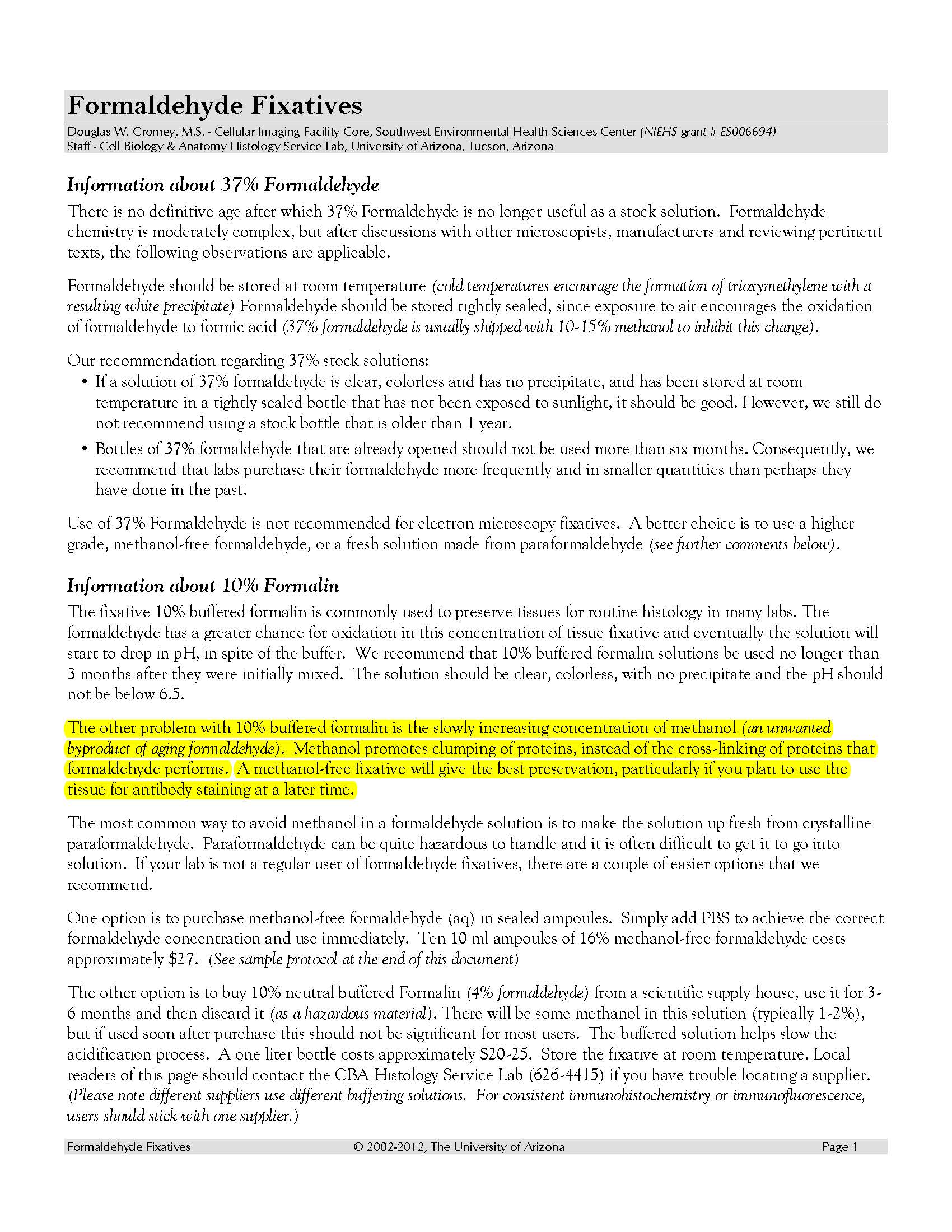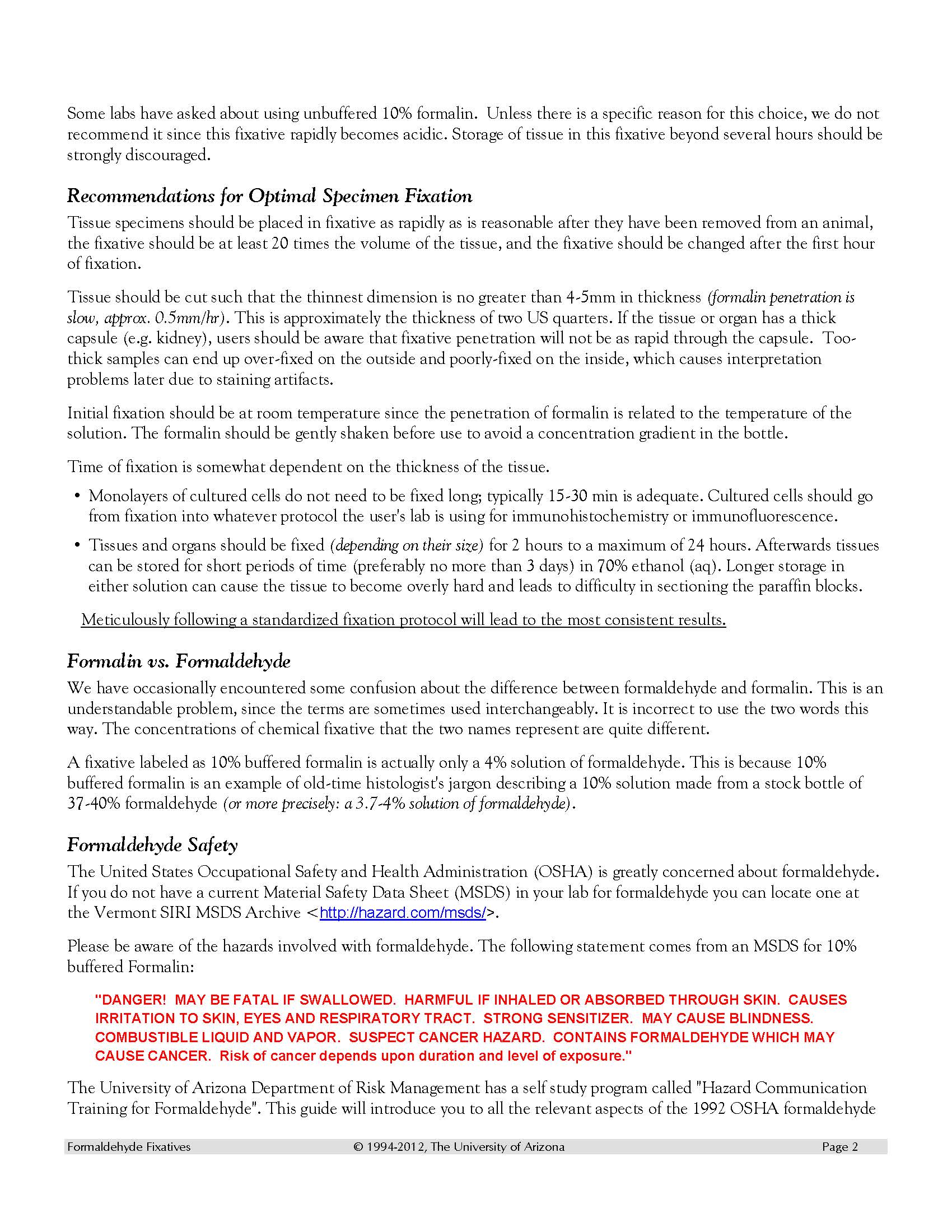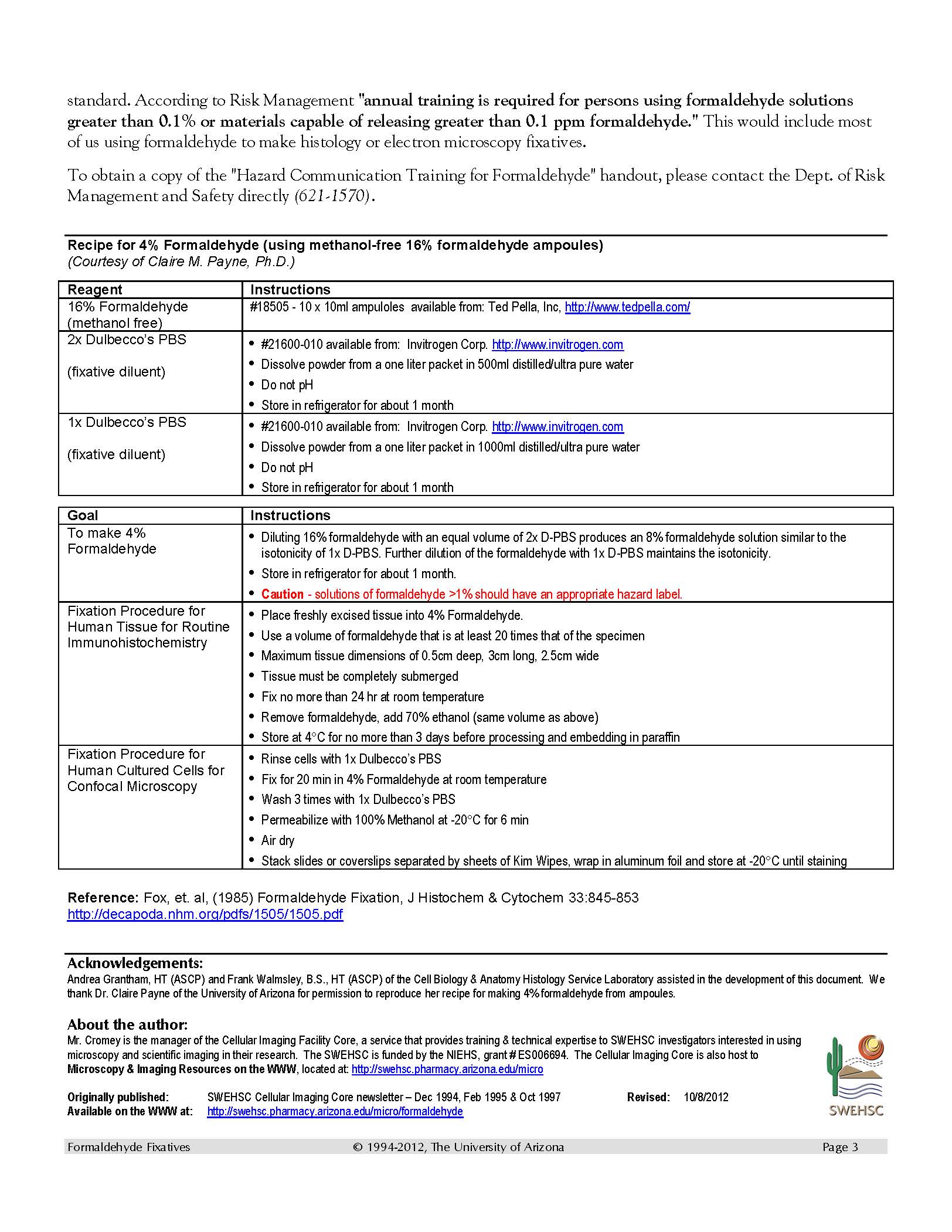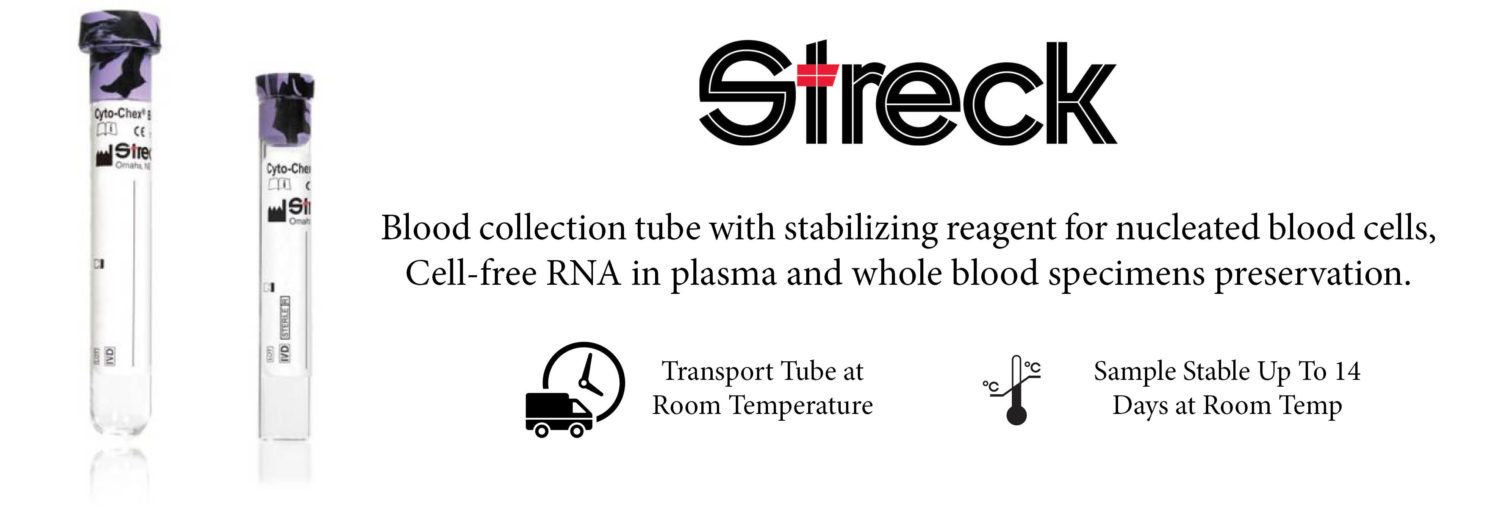Biozatix News – Informasi Popular Sains Teknologi dan Kesehatan
The fixative 10% neutral buffered formalin is commonly used to preserve tissues for routine histology in many labs. The formaldehyde has a greater chance for oxidation in this concentration of tissue fixative and eventually the solution will start to drop in pH, in spite of the buffer. We recommend that 10% buffered formalin solutions be used no longer than 3 months after they were initially mixed. The solution should be clear, colorless, with no precipitate and the pH should not be below 6.5.
The other problem with 10% buffered formalin is the slowly increasing concentration of methanol (an unwanted byproduct of aging formaldehyde). Methanol promotes clumping of proteins, instead of the cross-linking of proteins that formaldehyde performs. A methanol-free fixative will give the best preservation, particularly if you plan to use the tissue for antibody staining at a later time.
The most common way to avoid methanol in a formaldehyde solution is to make the solution up fresh from crystalline paraformaldehyde. Paraformaldehyde can be quite hazardous to handle and it is often difficult to get it to go into solution. If your lab is not a regular user of formaldehyde fixatives, there are a couple of easier options that we recommend.
please read detail in this article:




